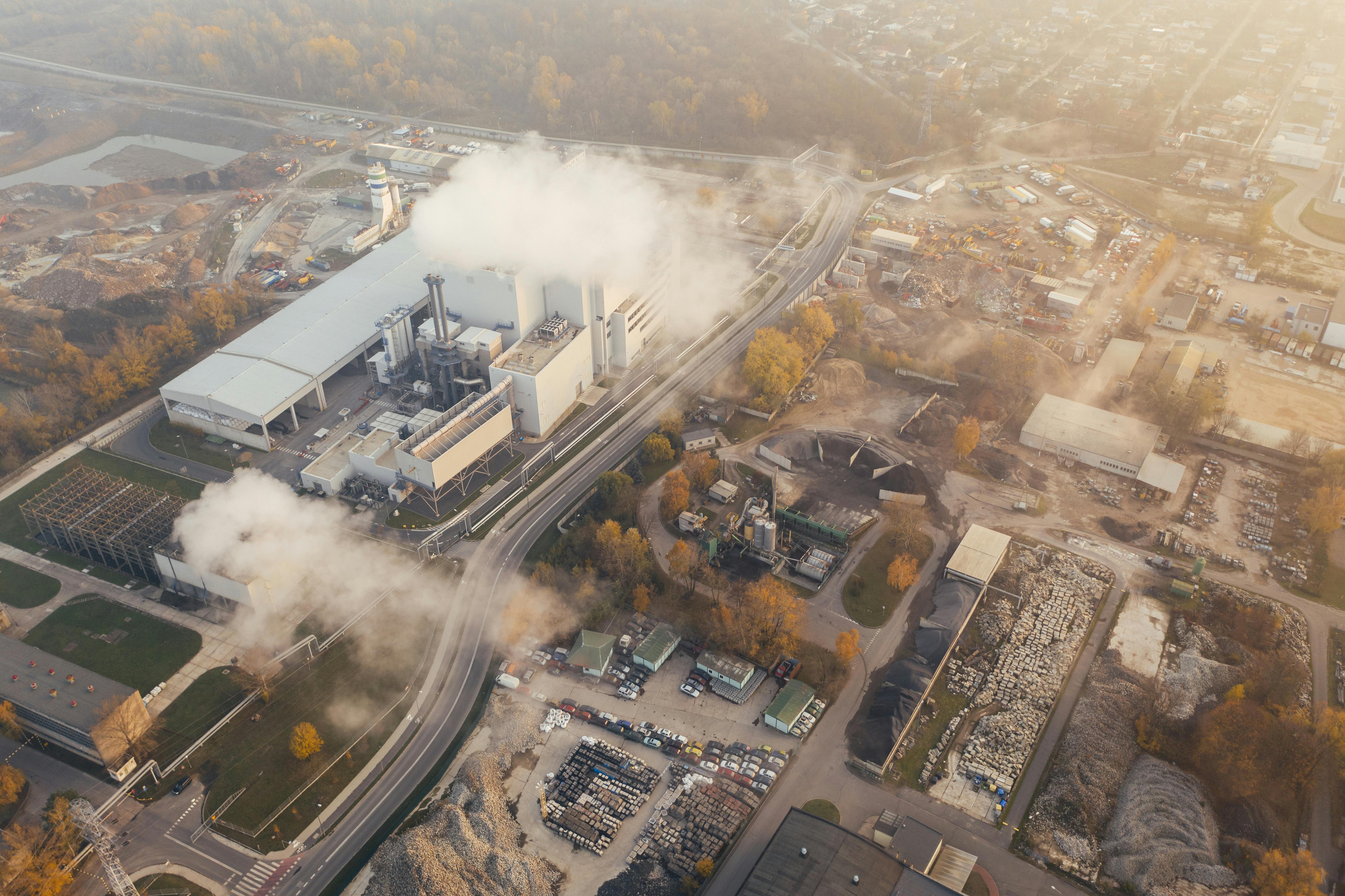The Haber-Bosch Process: Feeding the World and Fueling War

The Story
By the late 19th century, natural sources of fixed nitrogen (guano and Chilean saltpeter) were being depleted. Population growth led to fears of a “nitrogen famine.” British chemist Sir William Crookes warned in 1898 that without artificial fertilizers humanity would face starvation.
German chemist Fritz Haber, collaborating with Robert Le Rossignol, developed a high-pressure catalytic process to combine atmospheric nitrogen and hydrogen into ammonia. Carl Bosch at BASF scaled it up, overcoming engineering challenges with high-pressure reactors and durable catalysts.
The first industrial plant opened in 1913, producing 20 tonnes of ammonia per day. Synthetic fertilizer increased crop yields so dramatically that today roughly half of the nitrogen in human bodies originates from the Haber-Bosch process. Yet the same ammonia fed explosives factories in World War I when naval blockades cut off nitrate supplies.
Why It’s Interesting
Haber’s invention averted global famine but also prolonged war and later contributed to widespread fertilizer pollution. The process embodies the dual-use dilemma of technology.
This single chemical process feeds nearly half of humanity today — without it, billions of people would not exist. Yet it also enabled the industrial-scale warfare of the 20th century.
The story perfectly illustrates how the same technology can be both humanity’s salvation and its curse, depending on how it’s used.